Banteng
The Banteng (Bos Javanicus) is a 4-legged mammal, of the Artioactyla order, Bovidae family, subfamily Bovinae. Domesticated in Southeast Asia, they are used as working animals, besides being bred for their meat. They’ve also made their way to Australia for a British military outpost where, after a combination of crop failure and tropical disease, led to the outpost being abandoned, and the Banteng roamed free.
Physical Appearance:
The Banteng is, for all intents and purposes, a cow, therefore they exhibit some features common to cows. It should be noted that the Banteng has a slender neck and small head compared to other cattle, and there’s a ridge on the back above the shoulders. Weighing at 600 to 800 kg, and standing at 1.55 to 1.65 m tall at the shoulder, both males and females have horns. The males’ horns arc upwards, while the females point inwards. They can also be distinguished by their color and size, since a mature male is either blue-black or dark chestnut, whereupon females and young are chestnut with a dark dorsal stripe. This is known as sexual dimorphism. Markings shared by both sexes are their white stockings between the knees and hoofs, a white rump, muzzle and spots above the eyes.
Habitat and Diet:
Banteng live in sparse dry or mixed deciduous, and sometimes in evergreen forest, usually in places of low elevation. For best results however, the Banteng should live in open grassy areas with access to water and mineral licks. They both graze and browse, so their diet usually consists of grasses, bamboo, fruit, leaves and young branches. During dry spells when the food becomes less abundant however, they will start to forage on barks while staying in their low elevation zones. Herd sizes are between loosely between 2 to 40 individual caws and their calves, with one adult male. Bachelor herds have been reported consisting of surplus adult males. Dimorphism is also apparent in their growth rates. Females reach maximum size in three or four years, while males take five to six years. Females can give birth to one or two calves every year, which has an average lifespan of 14-17 years in the wild, while those in captivity can live to almost double that period. They are active in either the day or night, but prefer being nocturnal where there are human disturbances or hunting.
Distribution
Despite being a native species of Southeast Asia, their numbers are going through a decline. Within 20 years, there has been a minimum reduction count of 80%. Estimates so far put the total number of Banteng at only 3000 to 5000 individuals within its native range. Causes to this drastic turn of events are usually poaching, loss of habitat from human expansion and encroachment, overgrazing by other domestic cattle, and disease transmission from livestock. Therefore, this species has been classified as critically endangered. The situation is somewhat mitigated by the presence of the aforementioned herd in Australia, which was introduced in 1849 with 20 individuals. This original population has since grown to around 6000 individuals, all located in the same 2200 square kilometers of Cobourg Peninsula, Australia. These Banteng are now the world’s largest population and number more than all the Banteng in Asia combined.
Another example of the effects of uncontrolled human expansion, conservation efforts are currently being done to prevent this species’ extinction.
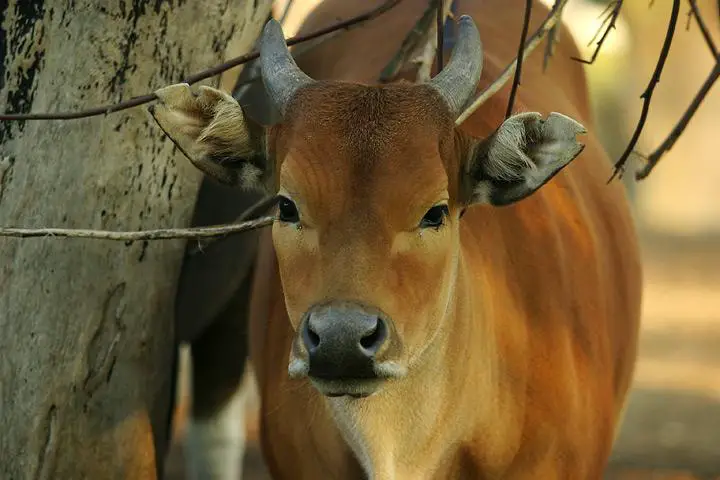
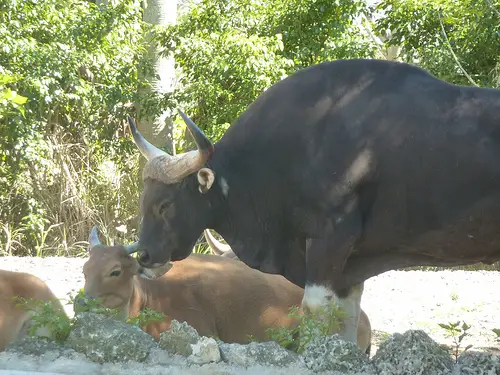
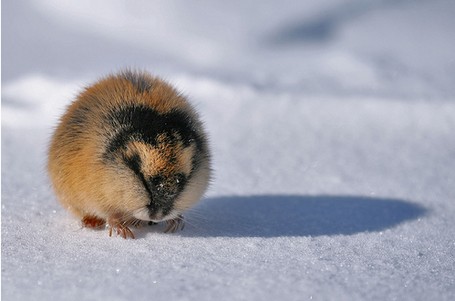
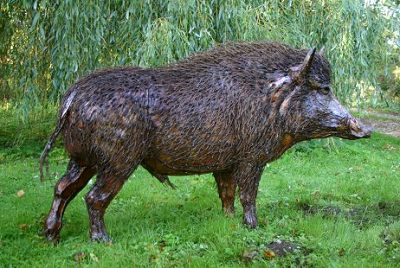
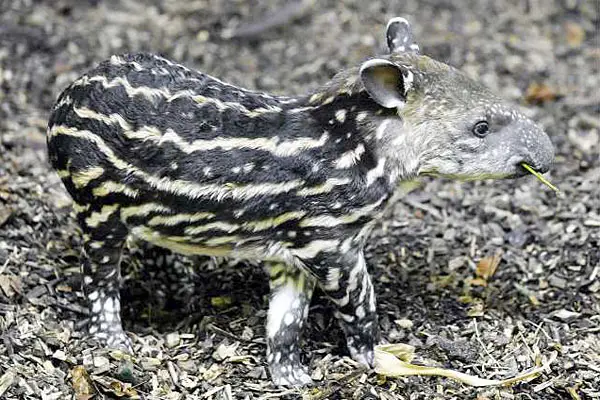
That was good info…
Thanks Brianna!